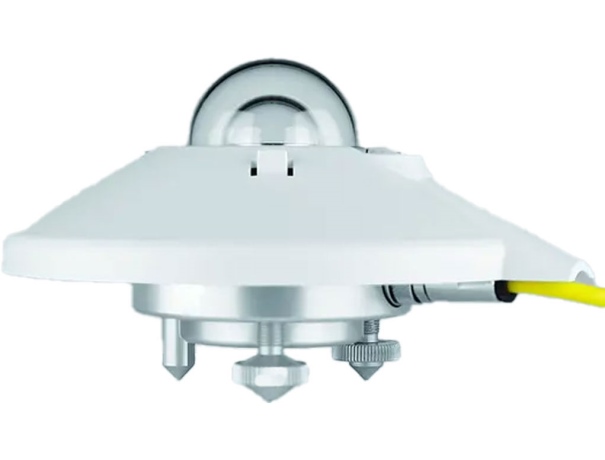Pyranometers, the instruments designed to measure solar radiation flux density, play pivotal roles across various domains. From weather forecasting to solar energy systems, agricultural monitoring to climate change studies, pyranometers serve diverse purposes with remarkable efficiency. In this article, we delve into the multifaceted uses of pyranometers, exploring their significance and applications in detail.
Pyranometers are essential in Meteorological equipment, climatology, agriculture, environmental studies, and renewable energy sectors. They measure the solar radiation received by a surface in a broad spectral range, typically from the ultraviolet to the infrared wavelengths.
How Pyranometers Work
Pyranometers operate based on the principle of thermopiles or photovoltaic cells. These instruments convert solar radiation into electrical signals, which are then calibrated to quantify the incoming solar energy accurately.
Applications in Weather Forecasting
Meteorologists extensively use pyranometers to monitor solar radiation levels, which provide valuable data for weather forecasting models. Solar radiation influences atmospheric dynamics, temperature variations, and cloud formation, making it a critical parameter in weather prediction.
Importance in Solar Energy Systems
In the realm of renewable energy, pyranometers serve a crucial role in assessing the solar resource potential at specific locations. They aid in the design, optimization, and performance monitoring of solar photovoltaic and thermal systems, ensuring maximum energy harvest.

Monitoring Agricultural Conditions
Pyranometers help agricultural experts in understanding crop growth patterns, evapotranspiration rates, and water requirements. By measuring solar radiation, these instruments provide insights into the microclimatic conditions affecting plant development and yield.
Pyranometers in Environmental Studies
Environmental scientists utilize pyranometers to study the impact of solar radiation on ecosystems, biodiversity, and atmospheric chemistry. Solar radiation influences photosynthesis, carbon dioxide exchange, and surface temperature dynamics, shaping ecological processes and environmental health.
Research and Development Uses
Pyranometers are instrumental in conducting research on renewable energy technologies, climate change mitigation strategies, and atmospheric physics. They facilitate experiments, data analysis, and simulations aimed at advancing scientific knowledge and technological innovations.
Choosing the Right Pyranometer
Selecting the appropriate pyranometer depends on factors such as measurement range, spectral sensitivity, response time, and environmental conditions. Researchers and practitioners must consider these parameters to ensure reliable and consistent solar radiation data acquisition.
Installation and Maintenance Tips
Proper installation and regular maintenance are critical for optimizing pyranometer performance and longevity. Mounting orientation, shading avoidance, cleaning procedures, and calibration checks are essential practices to maintain measurement accuracy over time.
Accuracy and Calibration
Calibration procedures ensure the accuracy and traceability of pyranometer measurements to international standards. Routine calibration checks and adjustments are necessary to account for sensor drift, environmental influences, and aging effects.
Challenges and Limitations
Despite their utility, pyranometers face challenges such as calibration drift, sensor degradation, and environmental variability. Addressing these limitations requires ongoing research, quality assurance protocols, and advancements in sensor technology.